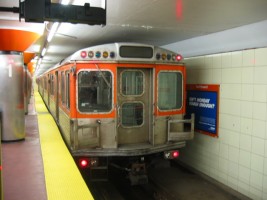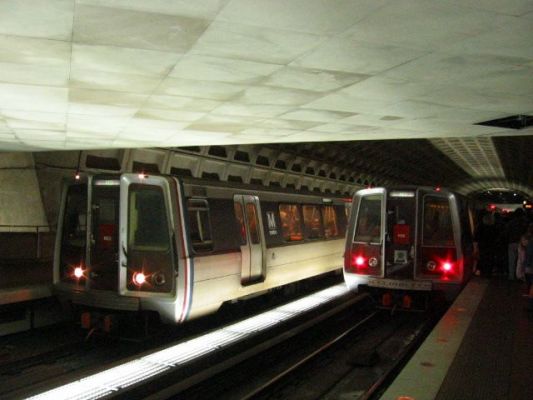
BredaMenarinibus M221 233
Location: Piazzale Roma, Venice, Italy
Operator of Vehicle: Azienda del Consorzio Trasporti Veneziano (ACTV)
Date of Photo: March 10, 2008
When one thinks of transit in Venice, Italy, one usually thinks of vaporettos (water taxis) or gondolas, not buses. And when American transit fans think of Breda, they think of trains, not buses. Yet here we have a photo of a Venetian bus built by Breda. Venice has transit modes other than its famed vaporettos. ACTV not only operates the vaporettos but also has a fleet of over 600 buses serving the islands of Lido and Pallestrina, as well as the Venetian boroughs located on the mainland. In 2010, ACTV began operating a tram line, the first in the region since 1941. Meanwhile, Breda is known for its rail rolling stock, which can be found in cities such as Rome, Madrid, Barcelona, Washington, and Boston. However, it also manufactured buses, mostly found in Italy, for over 25 years, and also some trolleybuses in cities around the world. Transit is often predictable, but there are often surprises to be found, such as this, as well.
For more photos of buses in Venice, please click here.







